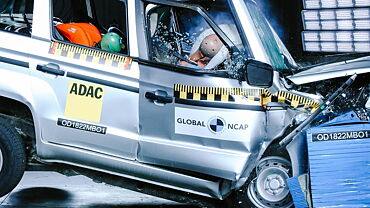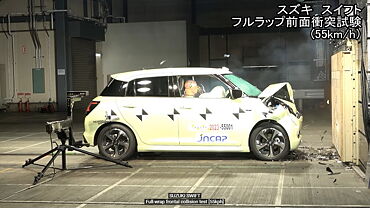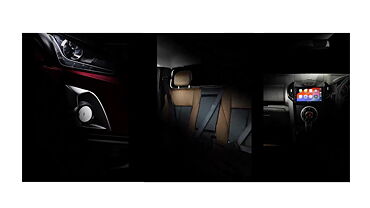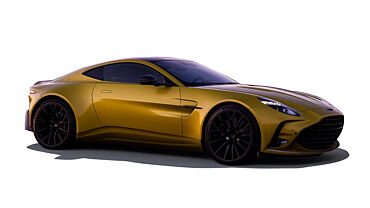Mercedes-AMG is all set to introduce the GT R in India on 21 August. The top spec GT R has already clocked 7:10.92 at Nurburgring. What’s more, to mark its advent in India, it set the fastest lap record at the Buddh International Circuit with a time of 02:09:853. It is by now, evident, that the Mercedes-AMG GT R is a proper track car. However, it isn’t the only car on sale in India with the same claim to fame. Porsche has the new 991 911 GT3 on sale as well. Both these cars are track ready, but take a different approach to it. The idea of pitting these two warriors against each other seems formidable. Neither will yield. But for now, let’s see how these two tarmac-ripping German sports cars fare against each other on paper.

Powertrain:
The GT R has a 4.0-litre biturbo V8 lurking under the long hood. The power output is spiked to 585bhp while the turning force is rated at a tyre-shredding 700Nm. All the madness is channelled to the rear wheels via an AMG-spec Speedshift DCT seven-speed transmission.
The Porsche, on the other hand, is powered by a high-revving, naturally-aspirated, 4.0-litre six-cylinder, horizontally-opposed engine belting out 500bhp and 460Nm. The 991.2 variant has also introduced a six-speed manual transmission apart from the standard Porsche Doppelkupplung (PDK) seven-speed gearbox.
Now, both these Germans are equipped with all the electronic wizardry that one could ever need. This includes rear-axle steering, active suspension, superlative traction control, and functional aerodynamics among others.
Cabin:
Porsche believes in ‘charge more for less’ and it’s the same story with the GT3. Carrying the name of the FIA homologated racing series, the GT3 has a basic cabin with a no-nonsense approach. With the ergonomics of a race car, Porsche states that everything inside is ‘precise not fanciful, minimalist not trendy’. You get Alcantara upholstery, gearshift paddles, sports seats, brushed aluminium and carbon fibre inserts. An infotainment system is not a standard feature here, and the instrument cluster is dominated by a tachometer. But you do get an integrated 4.6-inch colour touch screen for all the essential information.
The GT R’s cabin is a better place to be in. The upholstery is made up of Nappa leather and the dashboard and centre console are done in a piano-black finish with a hint of carbon fibre all around. The sports bucket seats here are less hard-core than the ones in the GT3. The steering wheel too has mounted controls that connect to the large infotainment screen fitted on the centre dashboard. Despite being the maddest iteration of the GT family, the GT R comes equipped with all the creature comforts in true Mercedes style.
Performance:
When you have access to more than 500 horsepower under your right foot, the performance is expected to be ballistic. And so it is in both these cars. The GT R is capable of accelerating to a 100 kmph from a standstill in just 3.6 seconds before clocking a top speed at 318 kmph. On the other hand, the GT3’s manual variant hits the same speed in 3.9 seconds while the PDK variant accomplishes the same in a mere 3.4 seconds. The top speed of the GT R is equal to the PDK while the manual GT3 can go up to 320 kmph. The permissible gross weight of the GT3 is 1,777kg while the GT R is a tad heavier, weighing 1,890kg.
Now, both these German carmakers have rich motorsport expertise which is evident in how these cars have been kitted out. The GT R gets nine stage traction control with three levels of ESP; so you need to be just half as good as the car, and the car will take care of the rest. The GT3 isn’t any short on the hardware either. There is active suspension management (PASM) along with Porsche Stability Management (PSM). Then there is Porsche Torque Vectoring (PTV) specially developed for the GT3 which is electronically regulated and comes with a fully variable rear differential lock.
Conclusion:
Both these cars are very capable track tools if you got what it takes to wield them. The German engineering behind these cars is astonishing, to say the least. Also, they have good accomplishments to back their claims as the ultimate driving cars. Both the cars are mind-bogglingly fast and are not meant for the amateur drivers to exploit. But if you want a proper track tool, the Porsche will give you a genuine race car experience. The Mercedes will also give you good motorsport experience, but with the added advantage of luxury — if that’s what you want.



























